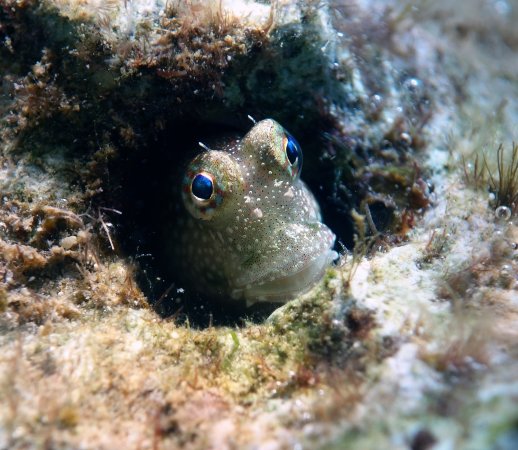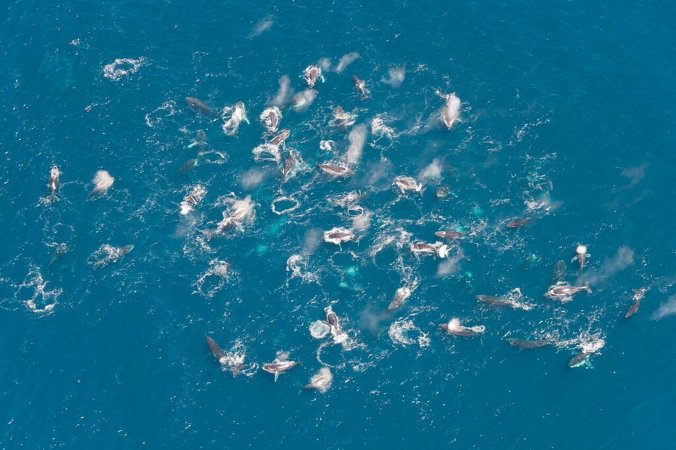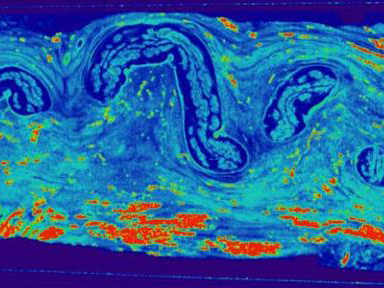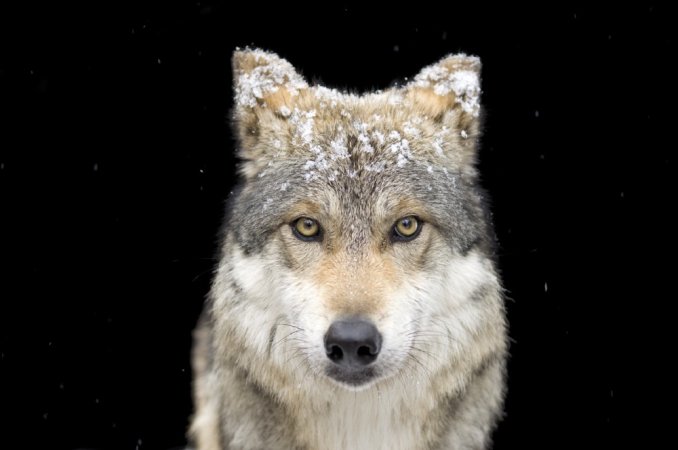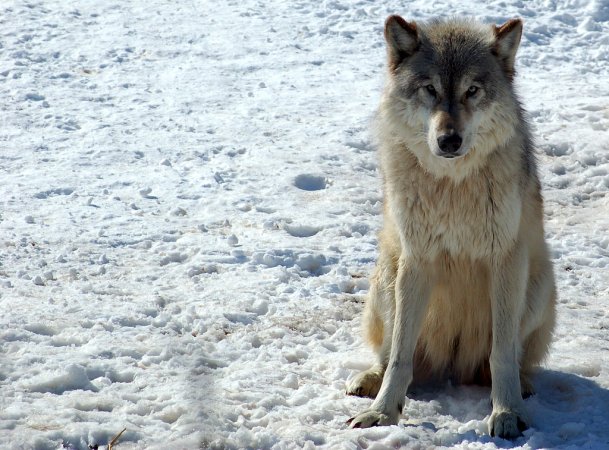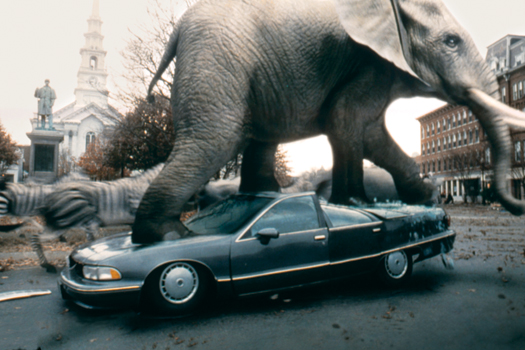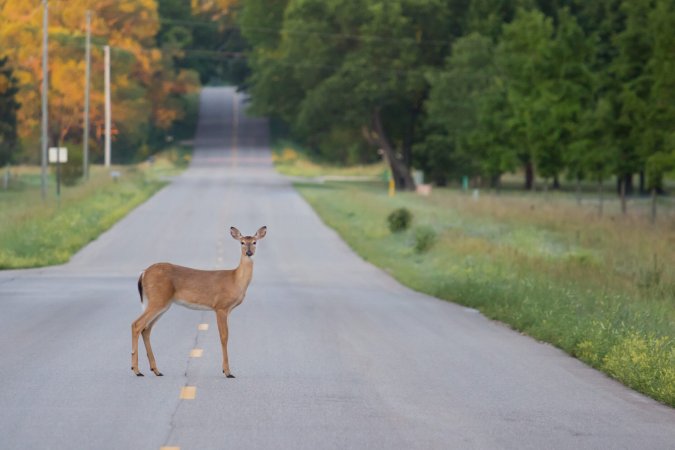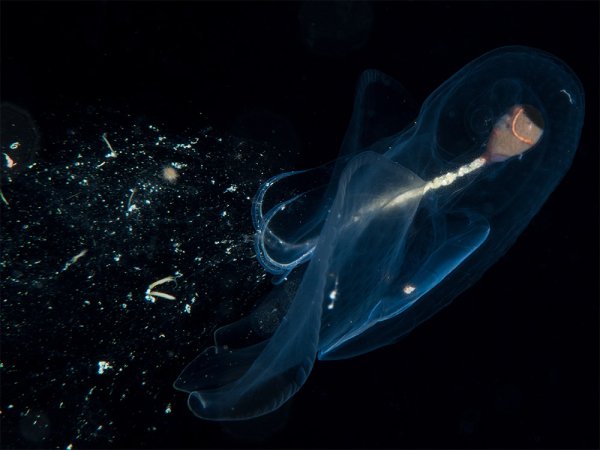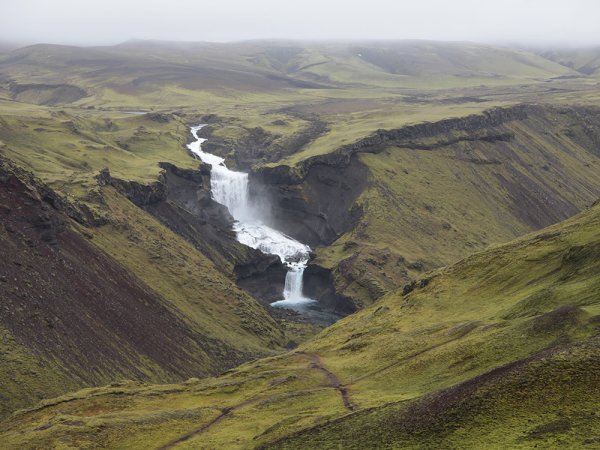

Put yourself in the shoes of a gray fox. You’re about the size of a housecat, and you need a steady supply of mice and other rodents to keep your belly full. But that puts you in competition with coyotes, which not only want your dinner, but are happy to knock you off in the process.
So where do you turn for cover? Maybe the home turf of a black bear.
That’s according to research published this week in the journal Oecologia, which found that in the mountains of Nevada, black bears play a key role in moderating competition between all kinds of smaller predators.
“Many carnivore species are declining, but black bears and coyotes are exceptions,” says Remington Moll, the study’s lead author and wildlife biologist at the University of New Hampshire. “They’re both what we call generalists. They eat a bunch of types of food and prey, and so you’d expect these species to compete with one another, but there’s virtually no studies on them.”
Coyotes are such all-purpose eaters that they compete with both gray foxes and black bears. Both coyotes and bears, for instance, scavenge carcasses, but it’s likely that the much bigger black bears push out anyone else who tries to grab a bite. That opens up space for the much-smaller gray fox to find a niche.
That fits into a larger body of work on what are called “landscapes of fear:” From Yellowstone to lagoons in the Great Barrier Reef, ecologists have found that entire ecosystems, from the plants to the soil itself, are shaped by the ways that prey animals avoid predators.
The research stems from a larger project to count and map the black bear population of western Nevada. This region previously had a black bear population, Moll explains, where they lived in the pine forests of the high mountains. “Several decades ago, black bears were essentially gone. But then, California’s bear population has been doing really well, and those bears are repopulating the Nevada site.”
As part of that work, the team had already collared a set of bears with GPS trackers, and could plot out the animals’ home ranges. Tracking the movements of shy foxes was trickier. The team set up a network of trail cameras, which take a photo when an animal passes by. To get the animals to investigate the cameras when they were in the neighborhood, they baited them with a cocktail of raspberry extract, anise extract, fish oil, and “Ultimate Bear Lure,” an attractant that hunting stores describe as made from “all-natural secretions.”
[Read more: To save monarch butterflies, we need more milkweed.]
The fact that black bears hibernate sets up a kind of natural experiment: For half the year, the bears dominate the landscape. Then, in the fall, they effectively disappear.
When bears are out and about, the cameras found foxes spending much more time hanging out inside core bear territory. The coyotes were nowhere to be seen. In the winter, with the bears gone, the coyotes push into bear country, and the foxes scatter. Moll says he’s not sure why exactly the coyotes shift to the temporarily-vacant bear habitat with the changing seasons. “It would seem to be that there’s something about the food supply, maybe these sites are better for survival over the winter.”
Plenty of caveats apply to the findings: The study is entirely correlational, so the researchers can’t say for sure why the foxes and coyotes move from place to place. And they don’t know how the foxes and bears interact when they’re sharing space—whether they stay far apart, or are comfortable around one another. (That would take GPS collars on both species, Moll says.)
Still, Moll says, he’s surprised by how powerfully the foxes appeared to favor bear territory. “It was a stronger effect than environmental variables like snow, it was a stronger effect than the amount of prey that was available.”



